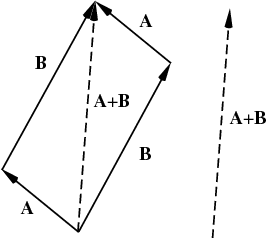Well yeah I related the direction g-force according to the car not the track.
I hope you didn't get me wrong there. So high banked ovals would produce high vertical forces.
Tbh. I have no idea of the influences of lateral forces on the brain.
I thought so ppl would rather loose their head before going blackout on lateral g-forces.
If that isn't the case they could a least use half of the brain together with the corresponding eye.



